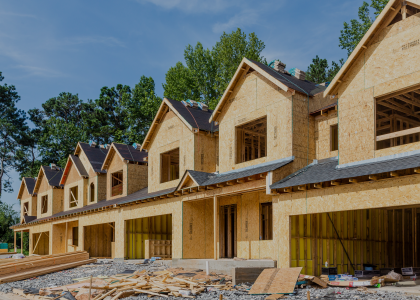Over 25% of Texas households are heated and cooled by central air-conditioning systems with electric resistance coils that distribute warm air via ducts and registers. These systems are a major contributor to winter peak electric demand. While power demand in Texas generally peaks on hot summer days, winter peaks during cold fronts can be just as large.
Heat pumps are a cost-effective alternative to electric resistance heat: they cut energy use, energy bills, and peak demand roughly in half. Homes and apartments can be upgraded with high-efficiency heat pumps when the existing central air-conditioning unit and heating coils need replacement.
This study uses a sample of more than 350 Texas homes that use electricity as their primary heat source. Installing a heat pump instead of a central air conditioner with electric resistance coils increases costs by $391 for new construction and $697 when replacing an existing central air conditioner, a cost increase of 5% to 21% depending on air conditioner size. We estimate that 15 years after existing equipment has been replaced, 15 years being its typical lifespan, Texas would see these benefits:
- Electricity savings could total almost 7 billion kWh (equivalent to the annual electricity use of over 660,000 average American homes).
- Winter peak demand savings could total about 12,000 MW (equivalent to the power output of about 40 new gas-fired power plants of 300 MW each).
- There would be a benefit-cost ratio of about 9:1 over the equipment lifetime.
Download the white paper
Download the fact sheet
| Suggested Citation |
| Nadel, Steve, Jennifer Amann, and Hellen Chen. Transforming Texas: How Heat Pumps Can Replace Electric Resistance Heat, Reducing Costs and Winter Power Peaks. Washington, DC: ACEEE. https://www.aceee.org/white-paper/2024/11/transforming-texas-how-heat-pumps-can-replace-electric-resistance-heat. |





